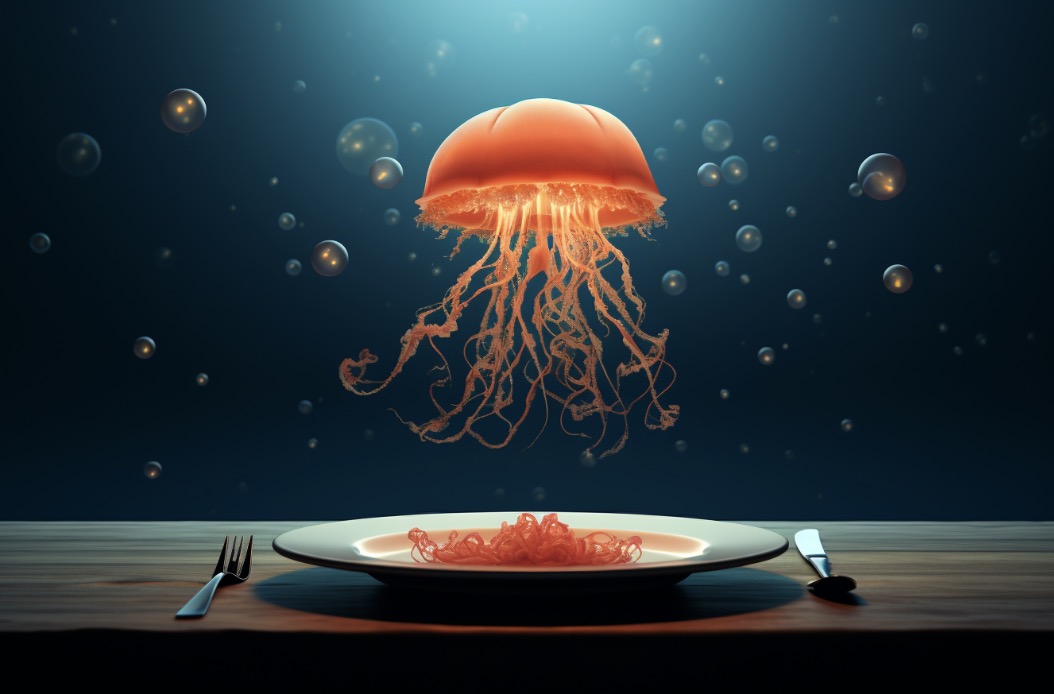Sand dollars are one of the most fascinating creatures in the ocean. They are often found on sandy beaches or in shallow waters, and they have a unique feeding strategy that sets them apart from other marine animals.
Sand dollars eat algae, diatoms, and detritus in the ocean.
In this blog post, we will explore what sand dollars eat in the ocean.
Anatomy of Sand Dollars
Before delving into their diet, it is important to understand the anatomy of sand dollars. Sand dollars are a type of echinoderm, which means they are related to sea urchins and starfish.
Their body is flattened and round, and they have a hard exoskeleton made of calcium carbonate. On the top of the exoskeleton, there is a series of pores that are used for breathing and eating.
The bottom of the sand dollar has a mouth and a series of tube-like feet that are used for movement and feeding.
Diet of Sand Dollars
Sand dollars are filter feeders, which means they obtain their food by filtering water through their tiny tube feet.
They feed on small planktonic organisms such as diatoms, algae, and small crustaceans.
They use their tube feet to capture these tiny organisms and move them towards their mouth.
Sand dollars also eat detritus, which is organic matter that has fallen to the bottom of the ocean.
They use their tube feet to move the detritus towards their mouth, where it is then ingested.
Feeding Strategy of Sand Dollars
Sand dollars have a unique feeding strategy that allows them to efficiently filter feed.
They use their tube feet to create a current of water that flows over their body and through their pores.
The water is then filtered through their pores, where the tiny organisms are captured by their tube feet.
The water is then expelled through the pores on the top of the sand dollar.
Predators of Sand Dollars

Sand dollars have several natural predators in the ocean. Sea otters, crabs, and certain species of fish are known to feed on sand dollars.
They are also preyed upon by birds such as gulls and crows. Some species of starfish are also known to feed on sand dollars.
#
Conclusion
In conclusion, sand dollars are fascinating creatures that feed on small planktonic organisms and detritus.
Their unique feeding strategy allows them to efficiently filter feed and obtain the nutrients they need to survive.
However, they are also preyed upon by several natural predators in the ocean.
Here are five facts to summarize what we have learned about sand dollar’s diet:
1. Sand dollars are filter feeders that capture small planktonic organisms and detritus using their tube feet.
2. They use their tube feet to create a current of water that flows over their body and through their pores.
3. Sand dollars are preyed upon by several natural predators in the ocean, including sea otters, crabs, and certain species of fish.
4. They are also preyed upon by birds such as gulls and crows.
5. Some species of starfish are known to feed on sand dollars.
FAQs
Why is it illegal to take sand dollars from the beach? It is illegal to take sand dollars from the beach because they are considered living creatures and are protected by law.
Taking them from their natural habitat can disrupt the ecosystem and harm the population of sand dollars.
Should you throw sand dollars back in the ocean? Yes, it is recommended to throw sand dollars back in the ocean as they are living creatures and play an important role in the ecosystem.
Taking them out of the water can harm or kill them, and it is illegal in some areas.
What does it mean when you find a sand dollar in the ocean?
I cannot speak on everyones behalf, as I don’t have personal opinions or beliefs.
However, according to popular beliefs and cultural traditions, finding a sand dollar in the ocean is considered a sign of good luck and a symbol of peace and tranquility.
Some people also believe that sand dollars represent the presence of loved ones who have passed away.
How long can a sand dollar survive out of the ocean?
Sand dollars can survive out of the ocean for a few hours to a few days, depending on the temperature and humidity levels.
However, it is important to note that they are delicate creatures and should be returned to the ocean as soon as possible to ensure their survival.
What happens if you pick up a sand dollar?
Picking up a sand dollar is not harmful to the animal, but it may cause damage to their fragile exoskeleton and make them more vulnerable to predators.
It is best to observe sand dollars in their natural habitat without disturbing them.
What is the purpose of sand dollars in the ocean?
Sand dollars are a type of echinoderm that play a role in the ocean ecosystem by filtering sediment and consuming small particles of organic matter.
They also provide a food source for predators such as sea stars and crabs.




